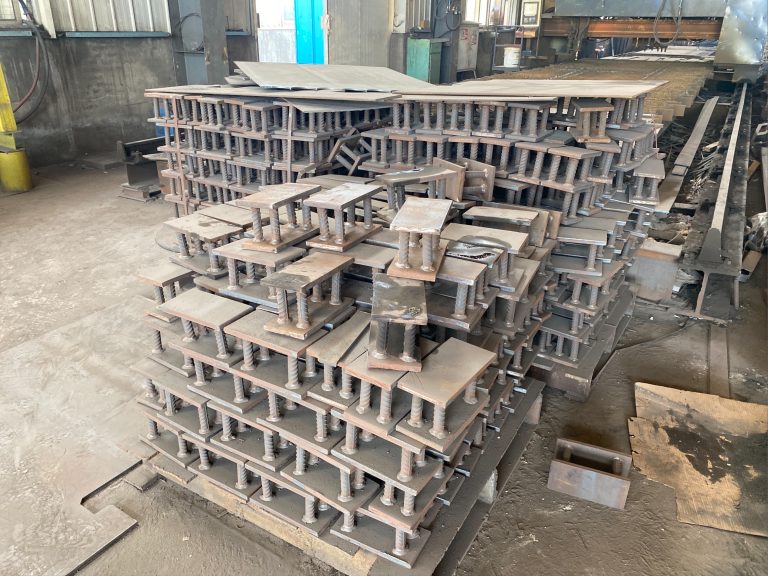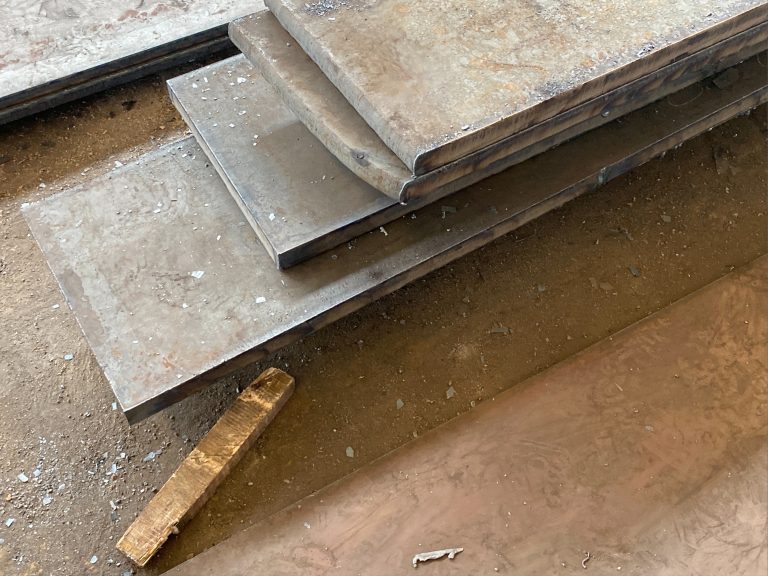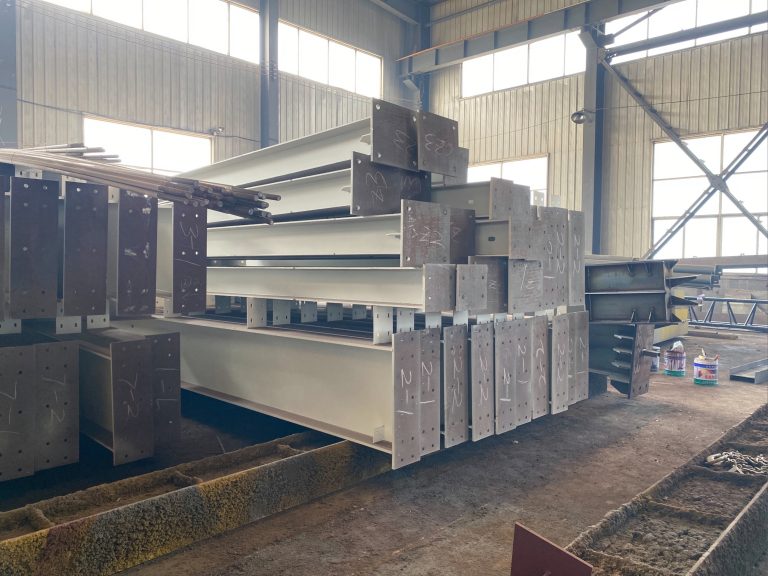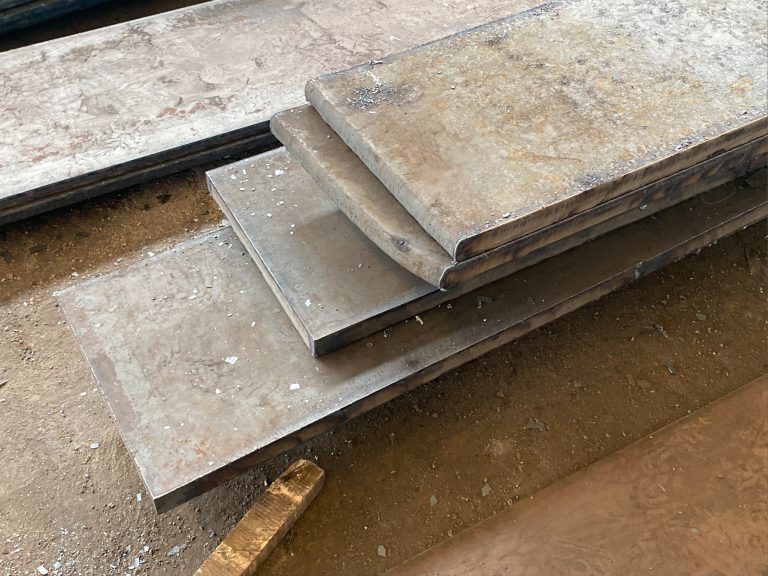Research on the application of steel structure in bridge reinforcement and reconstruction
Table of Contents
Benefits of Using Steel Structure in Bridge Reinforcement
Steel structures have long been used in the construction industry for their durability, strength, and versatility. In recent years, there has been a growing interest in the application of steel structures in bridge reinforcement and reconstruction projects. This trend is driven by the numerous benefits that steel structures offer in terms of enhancing the structural integrity and longevity of bridges.
One of the key benefits of using steel structures in bridge reinforcement is their high strength-to-weight ratio. Steel is known for its exceptional strength, which allows for the construction of lightweight yet robust structures. This is particularly advantageous in bridge reinforcement projects, where the additional weight of traditional reinforcement materials can put strain on the existing bridge structure. By using steel structures, engineers can strengthen the bridge without significantly increasing its overall weight, thereby reducing the risk of overloading and structural failure.
Another advantage of steel structures is their flexibility and adaptability. Steel can be easily fabricated into various shapes and sizes, making it suitable for a wide range of bridge reinforcement applications. Whether it’s a simple beam or a complex truss system, steel structures can be customized to meet the specific needs of a bridge project. This flexibility allows engineers to design innovative solutions that address the unique challenges posed by each bridge, ensuring optimal performance and longevity.
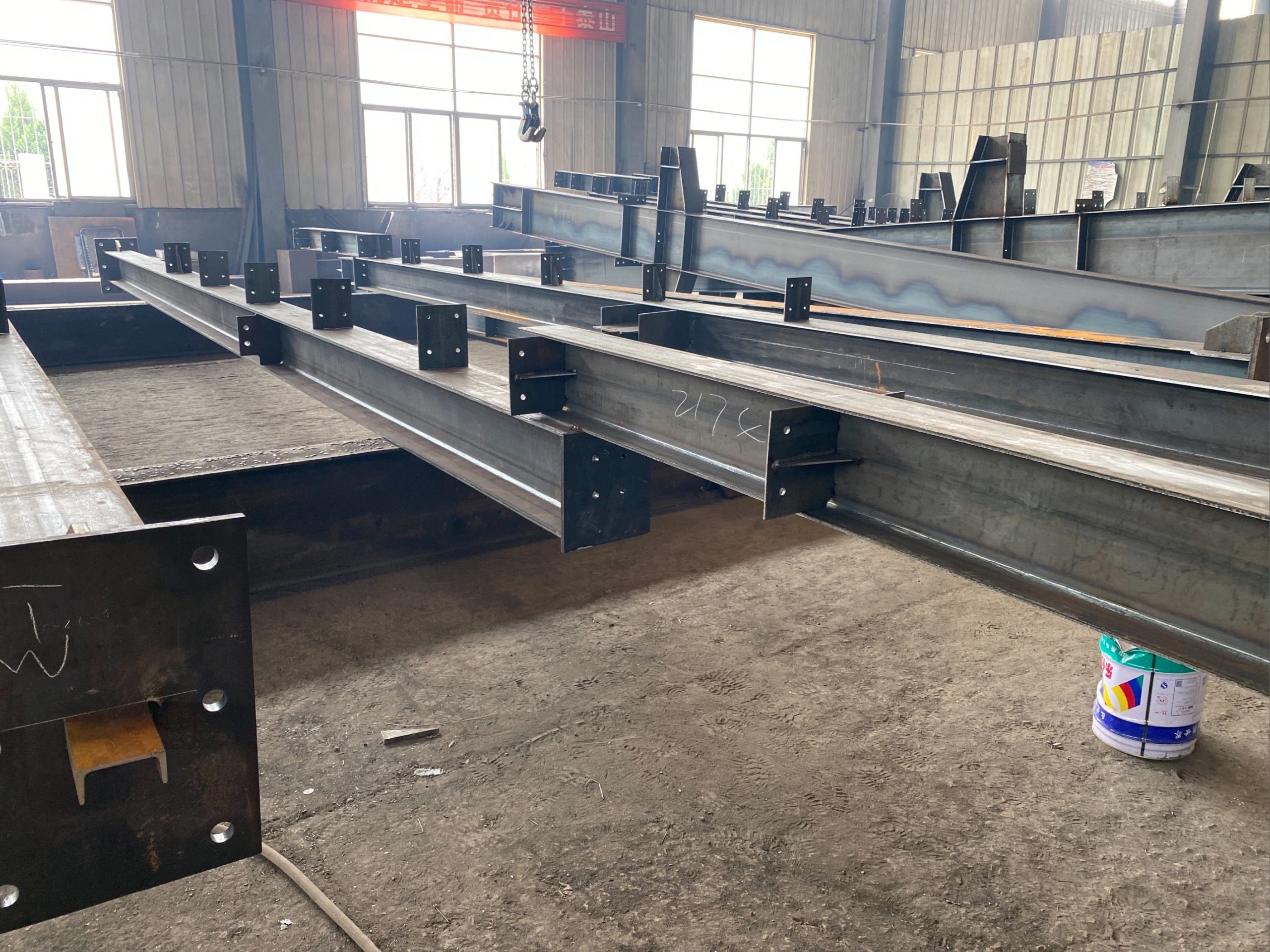
In addition to their strength and flexibility, steel structures are also highly durable and resistant to corrosion. Unlike traditional reinforcement materials such as concrete or timber, steel does not degrade over time and is not susceptible to rot or insect damage. This makes steel structures an ideal choice for bridge reinforcement projects, where longevity and maintenance-free operation are essential. By using steel structures, engineers can ensure that the reinforced bridge will remain structurally sound and safe for years to come, reducing the need for costly repairs and maintenance.
Furthermore, steel structures offer cost-effective solutions for bridge reinforcement and reconstruction. While the initial cost of steel may be higher than other materials, the long-term benefits far outweigh the upfront investment. Steel structures require minimal maintenance and have a longer lifespan than traditional materials, resulting in lower overall lifecycle costs. Additionally, the lightweight nature of steel structures can reduce construction time and labor costs, making them a cost-effective option for bridge reinforcement projects.
Overall, the application of steel structures in bridge reinforcement and reconstruction offers numerous benefits in terms of strength, durability, flexibility, and cost-effectiveness. By leveraging the unique properties of steel, engineers can design innovative solutions that enhance the structural integrity and longevity of bridges, ensuring safe and reliable transportation infrastructure for years to come. As research in this field continues to advance, we can expect to see even more innovative uses of steel structures in bridge projects, further solidifying steel’s position as a preferred material for bridge reinforcement and reconstruction.
Case Studies of Successful Bridge Reconstruction Projects Using Steel Structure Technology
Steel structure technology has been widely used in bridge reinforcement and reconstruction projects due to its high strength, durability, and cost-effectiveness. In recent years, there have been several successful case studies that showcase the effectiveness of using steel structures in bridge projects. These case studies provide valuable insights into the application of steel structure technology in bridge reconstruction and highlight the benefits of using this innovative approach.
One such case study is the reconstruction of the I-35W Mississippi River Bridge in Minneapolis, Minnesota. This bridge collapsed in 2007, resulting in 13 fatalities and 145 injuries. The reconstruction project involved the use of steel trusses to reinforce the bridge and improve its structural integrity. The steel trusses were installed to support the bridge deck and provide additional strength to the structure. This innovative approach allowed for the rapid reconstruction of the bridge and ensured its long-term durability.
Another successful case study is the rehabilitation of the Lions Gate Bridge in Vancouver, British Columbia. This iconic bridge was built in 1938 and required extensive repairs to address corrosion and deterioration. Steel structure technology was used to reinforce the bridge and extend its service life. The steel reinforcement allowed for the preservation of the historic bridge while ensuring its safety and functionality for years to come.
The application of steel structure technology in bridge reconstruction projects has also been successful in Europe. The Øresund Bridge, which connects Sweden and Denmark, is a prime example of the use of steel structures in bridge construction. The bridge features a combination of steel and concrete elements, which provide the necessary strength and flexibility to withstand the harsh marine environment. The innovative design of the Øresund Bridge has made it a landmark structure in Europe and a testament to the effectiveness of steel structure technology in bridge projects.
In Asia, the Tsing Ma Bridge in Hong Kong is another example of a successful bridge reconstruction project using steel structure technology. The bridge, which was completed in 1997, required extensive repairs to address fatigue and corrosion issues. Steel trusses were installed to reinforce the bridge and improve its structural integrity. The use of steel structures allowed for the efficient and cost-effective rehabilitation of the bridge, ensuring its continued operation for years to come.
Overall, these case studies highlight the importance of research and innovation in the application of steel structure technology in bridge reconstruction projects. By using steel structures, engineers can effectively reinforce and rehabilitate bridges, ensuring their long-term durability and safety. The success of these projects demonstrates the potential of steel structure technology to transform the way bridges are designed, constructed, and maintained. As technology continues to advance, we can expect to see even more innovative uses of steel structures in bridge projects, further enhancing the safety and longevity of our infrastructure.

